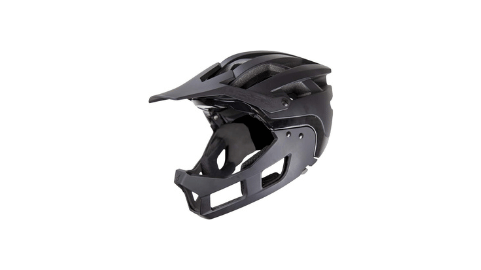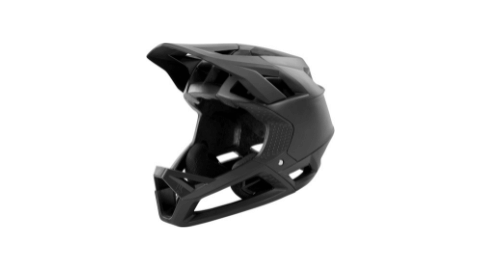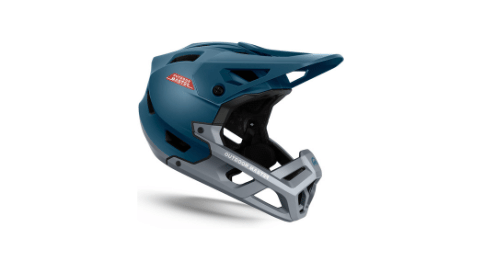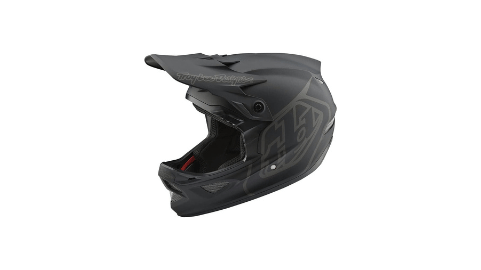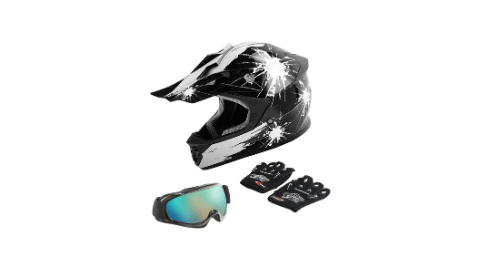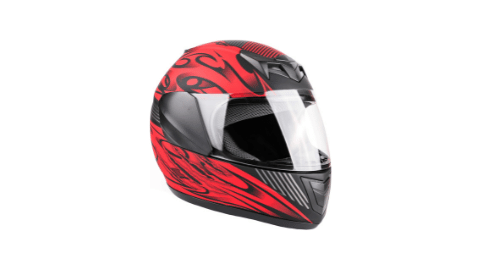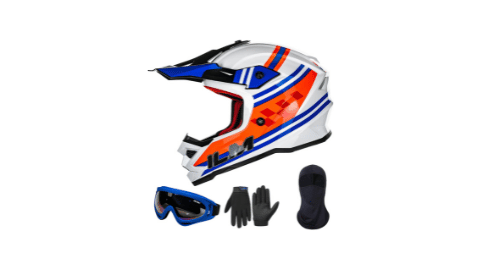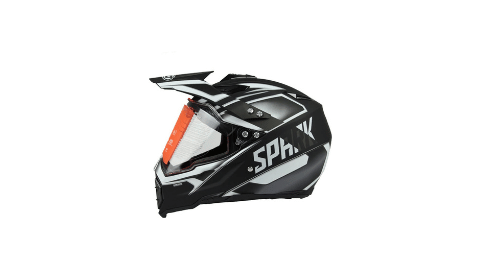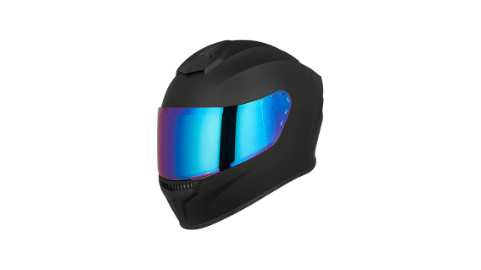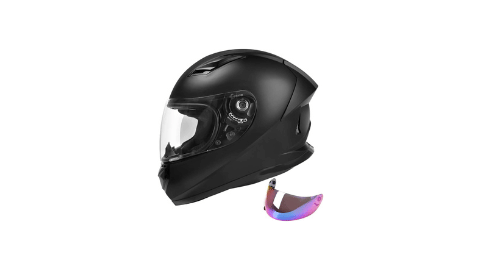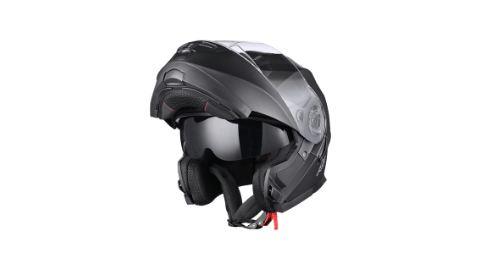Helmets are indispensable for safety and protection in a variety of activities, from biking and motorcycling to sports like skateboarding and skiing. Their primary role is to safeguard the head from injuries during impacts, making them a crucial piece of equipment for enthusiasts and professionals alike. Over the years, helmet design has evolved significantly, integrating advanced materials and technologies to enhance safety and comfort. This buying guide aims to help you navigate through the myriad options available, focusing on finding the best helmet that fits your specific needs and preferences. Whether you’re a motorcyclist, cyclist, or sports enthusiast, this guide will provide you with the information needed to make an informed decision.
Best Helmets Buying Guide
Selecting the right helmet is a crucial decision that can significantly impact your safety and comfort during various activities. Whether you’re a cyclist, motorcyclist, skateboarder, or engage in any other sport or activity that requires head protection, understanding the key factors that make a helmet effective is essential. This comprehensive guide will walk you through the essential aspects to consider when purchasing a helmet, ensuring you make an informed decision that prioritizes your safety and meets your specific needs.
Safety Standards and Certifications
When it comes to helmet selection, safety should always be your top priority. Look for helmets that meet or exceed the safety standards set by recognized organizations in your region. These standards ensure that the helmet has undergone rigorous testing and meets specific criteria for impact protection. Different activities may have different certifications, so it’s important to familiarize yourself with the relevant standards for your intended use. For example, bicycle helmets often adhere to standards set by organizations like the Consumer Product Safety Commission (CPSC) or the European Committee for Standardization (CEN). Motorcycle helmets may follow standards such as DOT (Department of Transportation) or ECE (Economic Commission for Europe). Always check for certification labels or stickers on the helmet, as these indicate compliance with safety regulations.
Proper Fit and Sizing
A helmet can only provide optimal protection if it fits correctly. To determine your helmet size, measure the circumference of your head about an inch above your eyebrows and ears. Use this measurement to select the appropriate size according to the manufacturer’s sizing chart. When trying on a helmet, ensure that it sits level on your head and covers your forehead. The helmet should feel snug but not uncomfortably tight. There should be minimal movement when you shake your head from side to side or up and down. Many helmets come with adjustable fitting systems, such as dials or straps, which allow you to fine-tune the fit. Remember that a properly fitted helmet should not obstruct your vision or hearing.
Helmet Construction and Materials
Understanding the construction and materials used in helmets can help you make an informed decision. Most helmets consist of a hard outer shell and an inner liner. The outer shell is typically made from materials like polycarbonate, fiberglass, or carbon fiber, which are designed to distribute impact forces and protect against punctures. The inner liner, often made of expanded polystyrene (EPS) foam, absorbs and dissipates impact energy. Some high-end helmets may incorporate multiple density foams or additional protective layers for enhanced safety. Consider the intended use of your helmet when evaluating construction materials, as different activities may require varying levels of protection and durability.
Ventilation and Comfort
Proper ventilation is crucial for maintaining comfort during extended wear. Look for helmets with strategically placed vents that allow air to flow through, keeping your head cool and reducing sweat buildup. The number and size of vents can vary depending on the helmet’s intended use. For instance, road cycling helmets often feature numerous large vents for maximum airflow, while downhill mountain biking helmets may have fewer vents to prioritize protection. In addition to ventilation, consider the helmet’s overall comfort features, such as padding and liner materials. Removable and washable padding can help maintain hygiene and extend the life of your helmet.
Additional Features and Technologies
Modern helmets often come equipped with various features and technologies designed to enhance safety and convenience. Some helmets incorporate MIPS (Multi-directional Impact Protection System) or similar technologies, which are designed to reduce rotational forces on the brain during angled impacts. Other features to consider include integrated visors for sun protection, removable ear pads for winter use, or compatibility with communication systems for motorcycle helmets. Reflective elements can increase visibility in low-light conditions, while magnetic buckles can make securing and removing the helmet easier. Evaluate these additional features based on your specific needs and preferences, but remember that safety and fit should always be the primary considerations.
Maintenance and Replacement
Proper care and maintenance can significantly extend the life of your helmet. Follow the manufacturer’s guidelines for cleaning and storage, typically involving gentle cleaning with mild soap and water. Avoid using harsh chemicals or solvents that could degrade the helmet’s materials. Regularly inspect your helmet for signs of wear, damage, or degradation, such as cracks in the shell, compressed foam, or worn straps. It’s important to note that helmets have a limited lifespan, even if they haven’t been involved in an impact. Most manufacturers recommend replacing your helmet every 3-5 years, as materials can degrade over time due to factors like UV exposure and general wear. Additionally, always replace your helmet after any significant impact, even if there’s no visible damage, as the protective properties may have been compromised.
Conclusion
Choosing the best helmet is a decision that requires careful consideration of various factors, including safety standards, fit, construction, comfort, and additional features. By prioritizing safety and selecting a helmet that meets recognized certifications, fits properly, and suits your specific needs, you can ensure maximum protection during your chosen activities. Remember that no single helmet is perfect for everyone or every situation, so take the time to research and try on different options before making your decision. Investing in a high-quality helmet and maintaining it properly can provide peace of mind and potentially life-saving protection. Always wear your helmet consistently and correctly to fully benefit from its protective capabilities.


